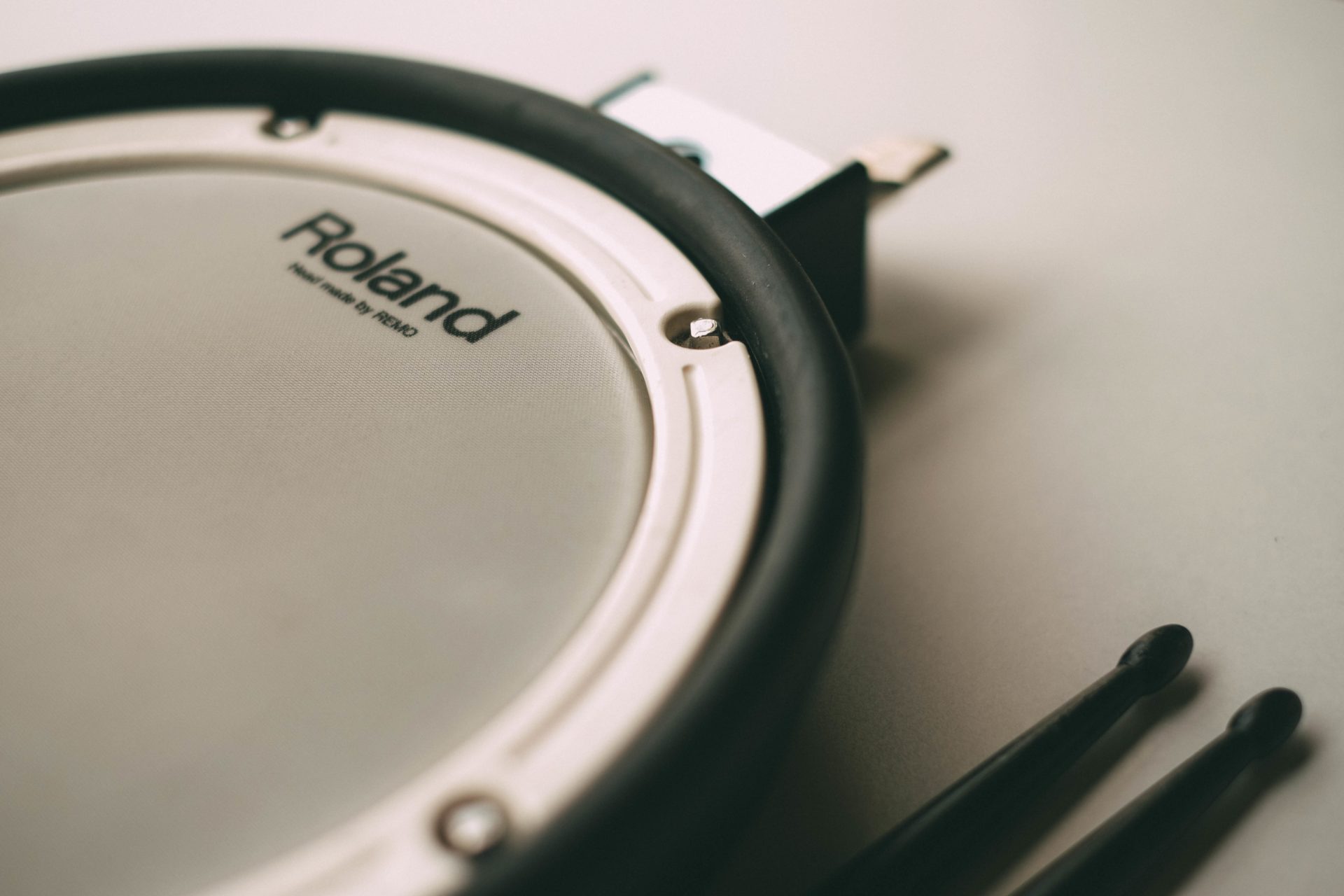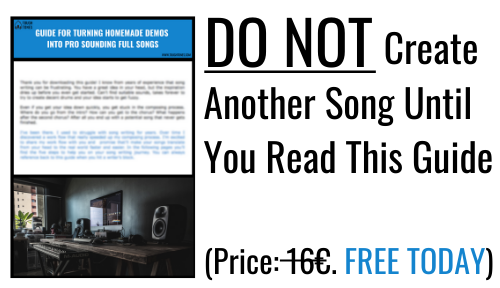The Importance of Great Sounding Midi Drums
Let’s face it, drums are essential in today’s music. Drums are the bedrock of heavy metal, rock, dance music – you name it. In order to get pro sounding drums you’ll need either a talented drummer who can play your songs, and enough preamps, microphones, cables, mic stands and the space to record in – or a drum plugin. The choice is yours, but if you’re a singer songwriter making music alone – the decision isn’t hard to make. Even if you have the possibility to rent a studio and record drums there, it’s handy to have a good sounding drum plugin for demoing and for all the times you can’t afford the studio time.
Of course you can use drum loops as well. There’s plenty of selection – even for free – out there in the internet. Loops can be cut, glued, copied and pasted to make them sit better for your own purposes. The problem is that if you need a specific beat and want lots of details, it becomes a bit tricky. In my experience, drum loops are a slightly clumsy option – depending of the genre of course.
As you well know, drums are the backbone of the whole band, keeping the rhythm going, driving the beat forward. Particularly snare drum is keeping the whole thing together. The power of building and decreasing dynamics, laying back or pushing tempo are the things that make drums so important.

Most DAWs have built in (stock) drum plugins that sound surprisingly good. You can get great sounding kick, snare and toms. However, you’ll need realistic sounding cymbals as well. Sadly, in most of the stock drum plugins, the cymbals sound a bit static and robotic, especially in rock and metal, where you’ll need an aggressive, dynamic hi-hat and cymbals. The other thing is that if the drum track lacks energy, there’s not much you can do to the rest of the mix. Drums are such a driving force that without the energy and dynamics even an average listener can tell you something’s wrong.
The drums in rock and metal need to be hard hitting and full of energy, still maintaining the feel of real drums. This is where third party (not built-in) drum plugins come to the picture. Some of these plugins are so realistic and dynamic, that sometimes you can’t tell if it’s midi or a real person playing. They are moderately easy to use, when you get into it. You can play them with a MIDI controller, draw the notes with a mouse or choose a beat from the plugins library. Choosing a beat will get you close enough and you can edit the rest to fit your needs.
Songwriting becomes a breeze when you’ve got the right tools and a great drum plugin certainly eases the process. You don’t have to spend time fiddling with the cymbals to make them sound realistic. No need to compress the sh*t out of your kick and snare to make them aggressive. The best part though, is that it’s easy to build the rest of the mix around great sounding drums. Your tracks will instantly sound more professional with a pro drum track.
Here’s a quick A / B testing:
The same beat is first played with a built-in plugin, and then with a third party plugin (in two different cymbals):
Logic Pro X Drums vs GetGood Drums:
Both sounds are unprocessed. Can you notice the difference?
You can certainly get good results with the stock plugins as well. For all I know, built-in drum plugins can work perfectly fine for your purposes. The plugin isn’t the most important thing, it’s the results. That being said, if you’re making music on your own – and have troubles getting good drum tracks – a decent drum plugin might be worth considering. What drum plugin are you using and how it’s working for you? Leave a comment below!
You can take these tips (and much more) with you, as I’ve put together a guide that teaches you how to make realistic and more powerful midi drums faster and easier. You can download it here: 6 Step Guide to Realistic Midi Drums, no strings attached, it’s yours for free.

1 thought on “The Importance of Great Sounding Midi Drums”